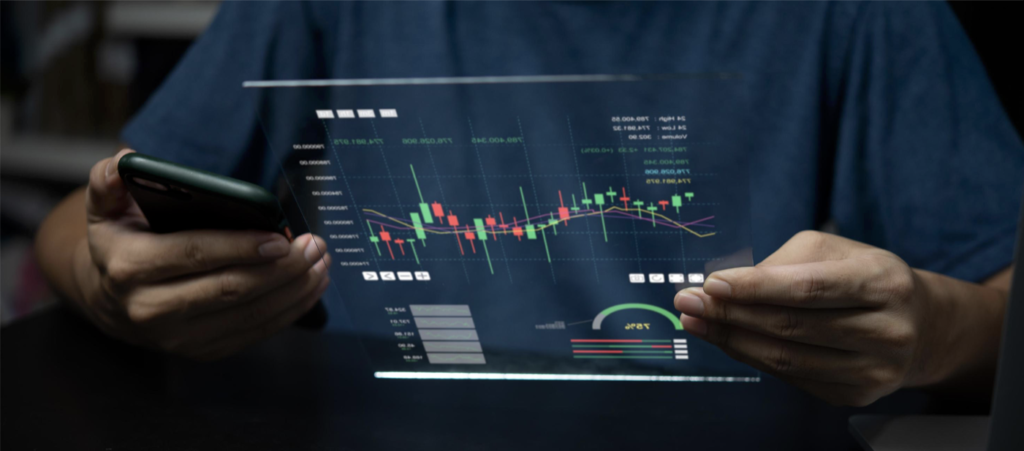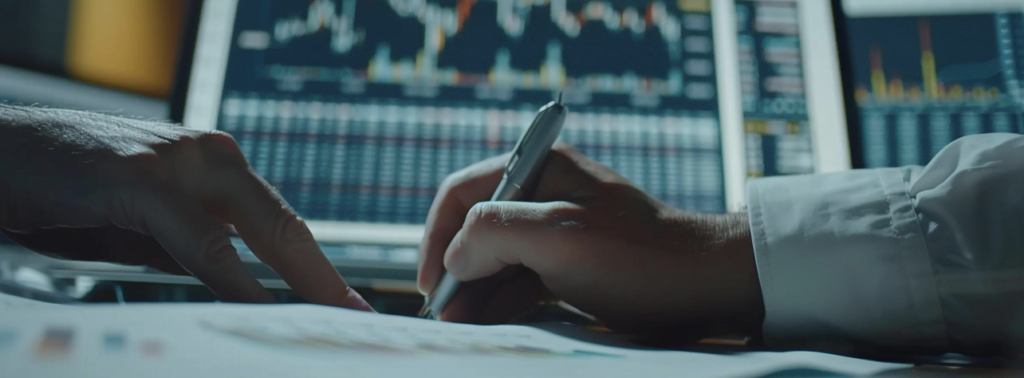05
2024/06
Learn 3 reasons that made Daryl Guppy a “Trading Guru”
As an independent trader, Daryl Guppy’s journey carries a touch of legend. Before entering the trading market in 1990, he was an ordinary high school teacher who decided to enter the market to earn more money.
Through the ups and downs of the financial markets, Guppy has become one of the world’s top ten technical analysis experts, revered as a godfather by professional brokers and traders on the Singapore Stock Exchange, the Australian Stock Exchange, and the Malaysian Stock Exchange.
Guppy is adept at using technical analysis and charts to understand the market and identify trading opportunities. His investment philosophy can be summarized into three key points: strategy, techniques, and protection.

1. Strategy: Formulating a Trading Strategy and Plan Before Entry
Guppy places strategy first because he believes everyone should observe and analyze market trends and their potential continuation before entering the market. There are both traders and investors in the market, and they can both change market trends. Therefore, developing a trading strategy and plan is essential, not singular. Successful traders do not rely on just one method.
The foundation of Guppy’s technical analysis approach is chart and indicator analysis. Guppy’s technical analysis can be applied if market trends and movements can be represented using charts and indicators. This method is versatile and can be used in traditional stock markets and other financial markets such as futures and trading.
2. Techniques: Creating Unique Indicators
Techniques refer to Guppy’s unique indicators – the Multiple Moving Average (GMMA) and the Countback Line. These are distinctive tools developed by Guppy. The GMMA uses two sets of moving averages with different time frames to reveal long-term and short-term trends. The information conveyed by a set of moving averages is more reliable than that of a single moving average. The Countback Line helps determine entry and exit times and prices.

a)Guppy Multiple Moving Average (GMMA)
The GMMA uses two sets of exponential moving averages for analysis:
- Short-term group: 3, 5, 8, 10, 12, and 15-day moving averages, reflecting the behavior of short-term speculators.
- Long-term group: 30, 35, 40, 45, 50, and 60-day moving averages, reflecting the behavior of long-term investors.
- The relationship between these two sets of indicators informs investors:when they converge, it indicates a consensus between investors and speculators on the stock’s value; when they diverge, it suggests a disagreement. When both short-term and long-term indicators show consistent price direction changes, it signals a trading opportunity.
b)Countback Line
In addition to the GMMA, Guppy also developed the Countback Line. The GMMA and the Countback Line have been integrated into financial analysis software by companies like Reuters, Metastock, and Omnitrader.
Omnitrader, known for its advanced trading systems, includes only a few world-class analysts’ indicators, with Guppy being the only non-American collaborator. Besides the stock market, Guppy’s technical analysis theory can also be applied to other financial markets, such as futures.

3. Protection: Timely Stop-Loss
Guppy believes that the most crucial aspect for traders is risk control. All analytical methods will fail without risk control. Guppy’s stop-loss threshold is at 2%, but it is not absolute.
When selling, other factors must be considered. If a stock reaches a 2% financial stop-loss point, it must also see if it has broken below the moving average support. If it does, sell without hesitation; if it remains in the uptrend, consider holding on.
He advises that the best market opportunities come from patience. Opportunities are available in the market daily, so traders should take their time and be patient. Overtrading can lead to failure.
He specifically mentions that traders should take appropriate breaks after consecutive successful trades. This is both a matter of probability and mindset. A trading system inherently has a likelihood of success, and after successive successes, traders may become overconfident, making it necessary to step back from the market at that point.





